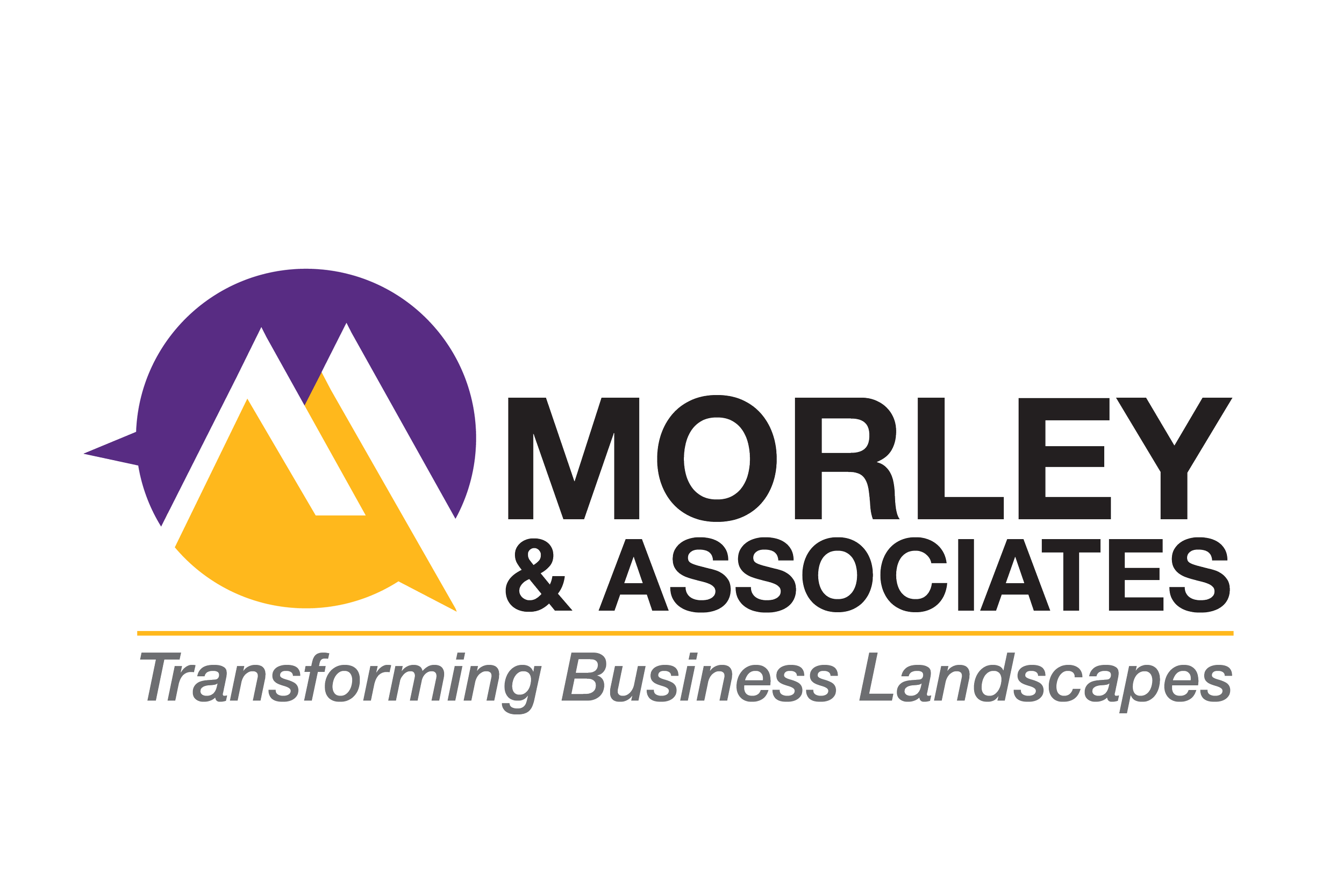•
•
•
Scale Up Journey
A company qualifies as a scaleup after it moves past early-stage barriers, demonstrates a track record of high growth, and shows potential for long-term success. The scale-up stage is where it’s trying to unlock new growth opportunities, access new markets, expand its team, and build upon its core strengths. Unlike most new startups, scaleups do things a bit differently.
Topics
Launch platforms
Investment thesis
The Investment Thesis for a scale up journey is how the secret sauce for the business can make money for investors as the business grows.Idea canvas
One-dimensional analysis of an idea leads to half-baked ideas. To address the Idea Canvas is a tool that is used to design the strategy needed to execute an idea. We help clients use the Idea Canvas to provoke the team's critical thinking and visualize the strategy needed to execute the idea.Team canvas
Team Canvas sessions report higher clarity and alignment, with less friction and conflict. The Team Canvas is a strategic framework that helps bring team members on the same page. It is made to align teams, increase cohesion and performance and to create productive team culture, fast.
Clarifying the ‘here and now’ focus
Customer breadth and depth
Customer discovery canvas – For each hour of customer discovery tends to save 10 to 20 hours of wasted development time.
Customer journey map – Customer journeys are not linear. A customer can jump from one phase to another depending on many factors. The Customer journey canvas is designed to address this so the business can better align with the customer’s actual journey.
Investor breadth and depth
Investor discovery canvas – Find the right investors is a key to future success. The investor discovery canvas is designed to profile the ideal investor to meet the business needs.
Investor journey map – The investor discovery canvas is designed to manage expectations of investors to fit the ups and downs that the business can expect during its actual journey.
Talent breath and depth
Talent discovery canvas – Find the right talent that can grow with the business is a key to future success. The Talent discovery canvas is designed to profile the ideal mix of talent to meet the business needs.
Talent journey map – The talent discovery canvas is designed to manage expectations of potential employees and contract workers to fit the ups and downs that the business can expect during its actual journey.
Funding model
Soft funding canvas – Soft funding includes loans and grants from governmental institutions as well as customer prepayment and extended supplier terms obtainable in the early-stage phase or later. Milestone, funding type, timing and costs are key ingredients in developing the soft funding canvas.
Leverage funding model – Asset, cash flow and/or revenue linked funding models can be used to identify the optimum leverage funding model for a business to reach key milestones.
Margin / sustainability model – Long term funding model to cope with several funding rounds which are complicated by changing investor mix as well as rising and falling market conditions.
Cap table model – The Cap table model shows the equity ownership of the business which is essential for financial decisions involving equity ownership, market capitalization, and market value.
Alignment of the team on the future journey
Climbing the first revenue mountain
Climbing the first revenue mountain for a business is like mountaineering. Both are activities that one should not take lightly. For an employee transitioning to founder it is like going from practising mountaineering indoors to the real thing which is an outdoor activity where the founder is exposed to many challenges with competitors, regulators, suppliers, customers, lenders, investors and employees and so the business environment for a founder is in many ways as dangerous (cash flow and stress wise) as climbing a mountain is dangerous both physically and mentally. Even reaching a summit whether large or small a founder can face the climate more deadly than the climb to the summit. We help clients navigate these many challenges.Team alignment canvas
Customer momentum canvas
Investor alignment canvas
Navigating the valley to the next revenue mountain
“Everybody wants to reach the peak, but there is no growth on the top of a mountain. It is in the valley that we slog through … that enables us to summit life’s next peak.” – Andy Andrews.
We help clients through the values to the next revenue mountain.Team next level canvas
Pivot canvas
Multiple round value tradeoff canvas
Building the platform
Climbing several peaks at the same time
Portfolio entrepreneurs tend to have a different risk/reward profile as well as different level of time urgency when they have investments in several private companies versus serial entrepreneurs who have all their investments in a single business, they are often building to sell within a certain time frame.Scale up portfolio canvas
The private company portfolio canvas is very different than a portfolio canvas for public company investments as many private equity investors are generally paid through distributions rather than stock accumulation. An advantage for public equity is its liquidity as most publicly traded stocks are available and easily traded daily through public market exchanges.Scale up map
The scale up map is very different for founders and angel investors versus time limited investors such as Venture Funds and Private Equity that have funds to invest with a 10-year horizon.Competitor canvas
For a scale up business the competitor canvas has three perspectives: (1) winning customers from competitors (2) competitors as candidate companies to acquire and (3) competitors who may one day purchase the scale up business. All three perspectives are addressed in the competitor canvas.
Building for the exit
Value drivers
Funding roadmap
Role model exit scorecard
Timing/ method exit model

